KI-Mayo Clinic: Better together for 30 years
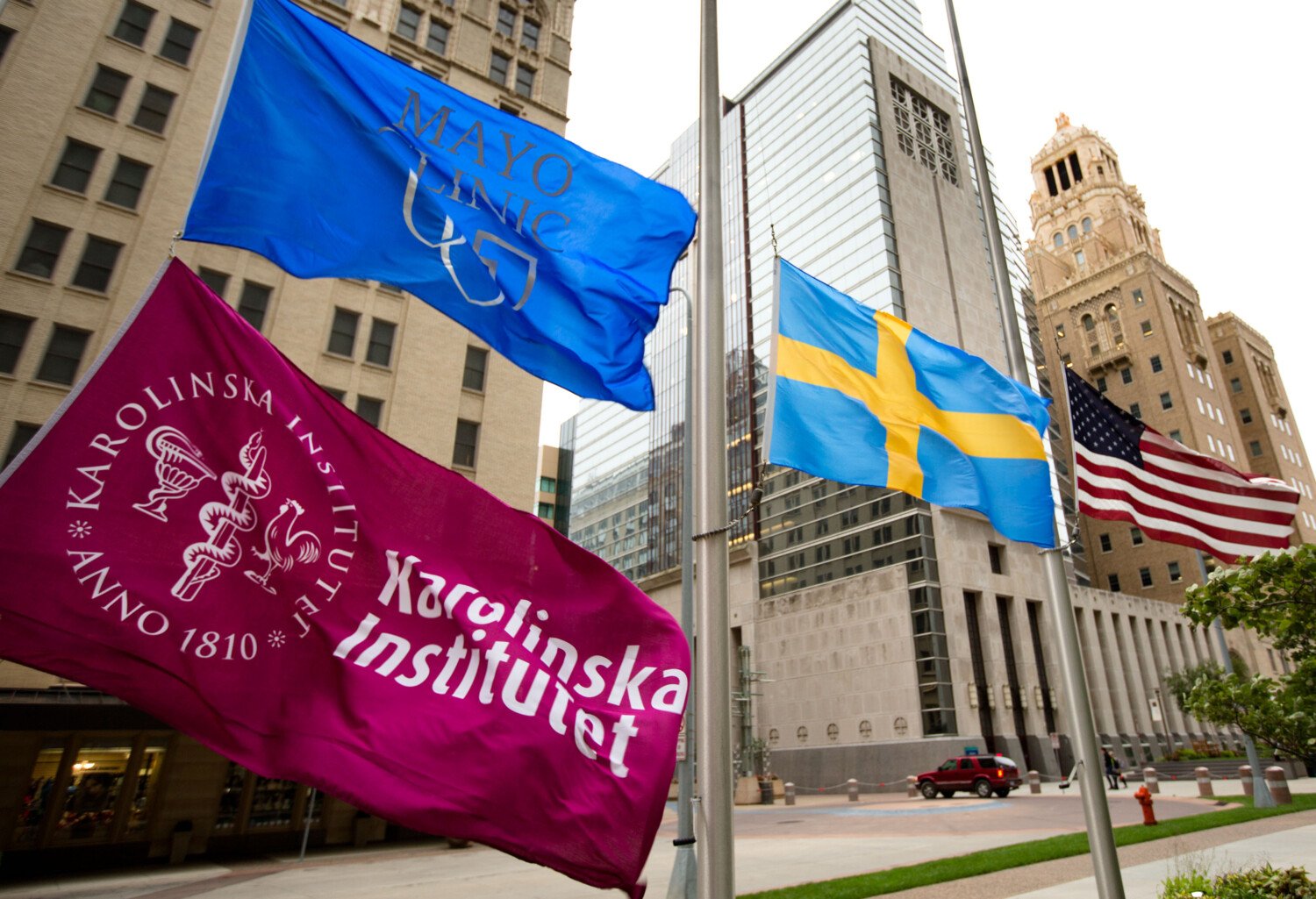
Every year, hundreds of doctoral and postdoctoral trainees, as well as researchers, travel across the Atlantic for conferences, lectures – and fika. These gatherings take place at two prestigious institutions: Karolinska Institutet in Stockholm and the Mayo Clinic in Rochester, Minnesota. The collaboration between the two top-ranking institutions is now celebrating its 30th anniversary at KI. Some of the pioneering spirits who were on board from the start look back on what has made it a success.
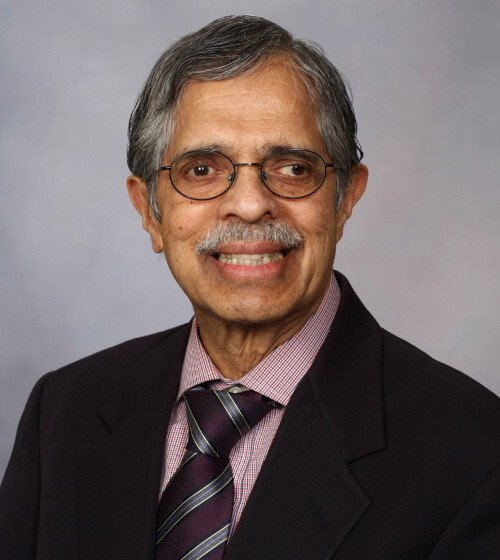
“The two institutions have a natural chemistry,” says Sree Nair, professor of medicine and Distinguished Investigator at Mayo Clinic.
He is one of the three scientists behind the entire idea, along with John Wahren and Olle Ljungqvist, who these days are both emeriti professors at Karolinska Institutet.
All three had discovered that they shared the same motivation: improving patient care, and deepening the understanding of how body metabolism is regulated.
Sree Nair had made friends with the Swedes during a visit to Karolinska Institutet in 1992, a bond that was strengthened when Olle Ljungqvist travelled to the USA in 1993-1994 during his sabbatical period. The idea of a more formal collaboration took shape when it was time to part.
“We had a shared interest and realised that it would be useful for us and good for science if we continued working together,” says Dr Nair via video link. “It would later turn out that we were really sustained collaborators, and we were very productive for many years.”
It was 30 years ago that they started working together, and back then there was no such thing as Teams meetings. So what was the most effective way for them to stay in touch and exchange ideas?
It was to meet IRL – in real life – at annual conferences.
Pre-Teams conferences
The first meeting was held in Stockholm in 1994 on the theme of diabetes and metabolism. Their closest colleagues were invited, including Martin Schalling, now professor at the Department of Molecular Medicine and Surgery, Karolinska Institutet.
Martin Schalling joined the collaboration via Olle Ljungqvist. He felt they clicked from the start. But the first time he was in Rochester, he got lost in the enormous US hospital.
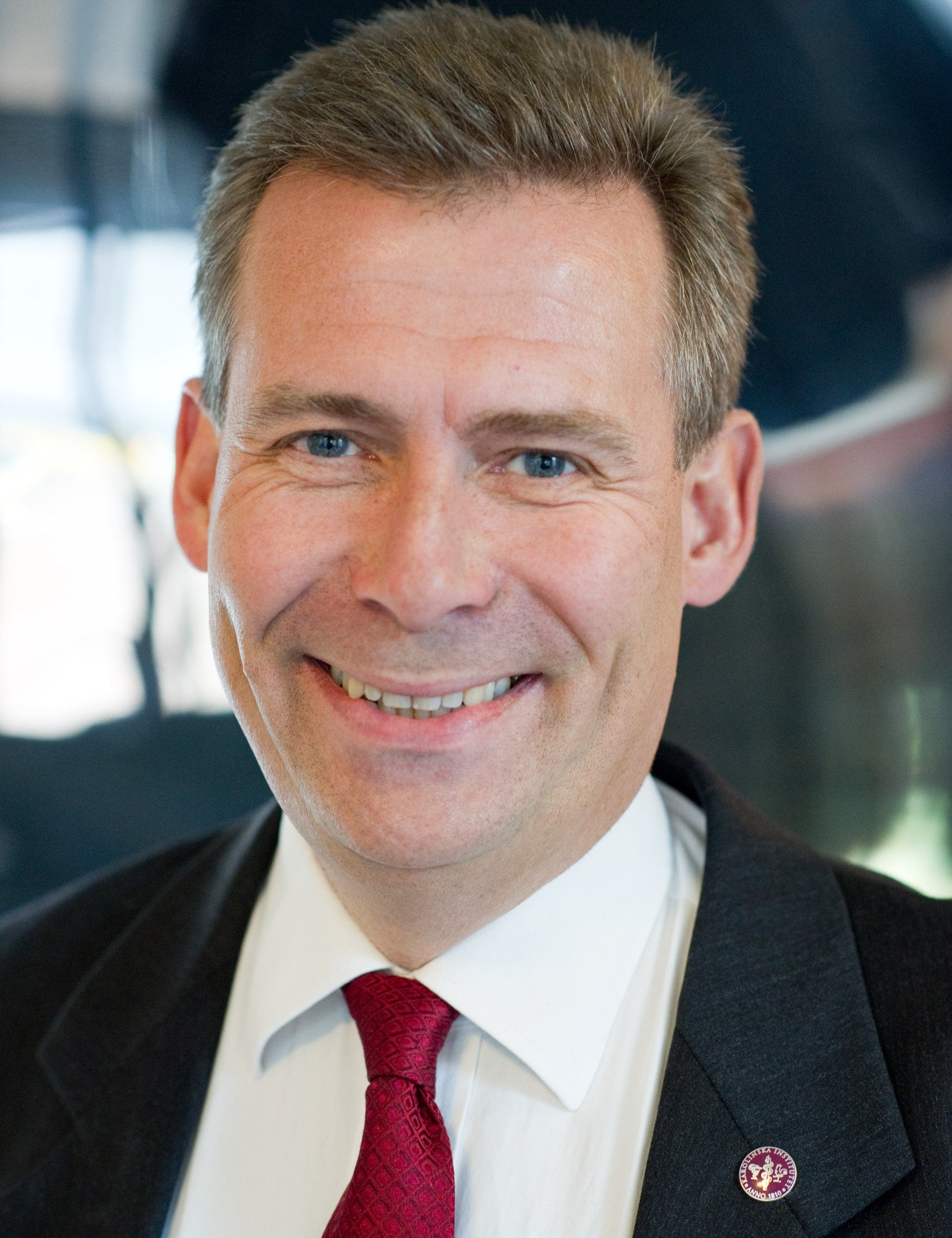
“I stood there looking totally lost until an unknown member of staff rushed to my aid,” he says. “And I thought, this is what I’ll do, too – reach out a helping hand. The kindness rubbed off on me, I think.”
This was around 1997–1998 by which time an estimated 50 to 60 researchers were part of the community. Today, three decades later, some 2,000 researchers are involved in one way or another, according to Professor Schalling.
The partnership also expanded to encompass many more research fields. Alongside diabetes, KI and Mayo Clinic currently have formal collaboration teams in such disciplines as psychology, psychiatry, autoimmune diseases, nursing research, neurodegenerative diseases, regenerative medicine and cancer.
Another researcher who was involved almost from day one is Harriet Wallberg, today a professor at the Department of Physiology and Pharmacology at KI and former Karolinska Institutet president (2004–2012). She joined via John Wahren, who had been her mentor.
A collaboration legacy across the Atlantic
Professor Wallberg believes that the research collaboration would never have got off the ground if both parties had not seen its clear advantages.
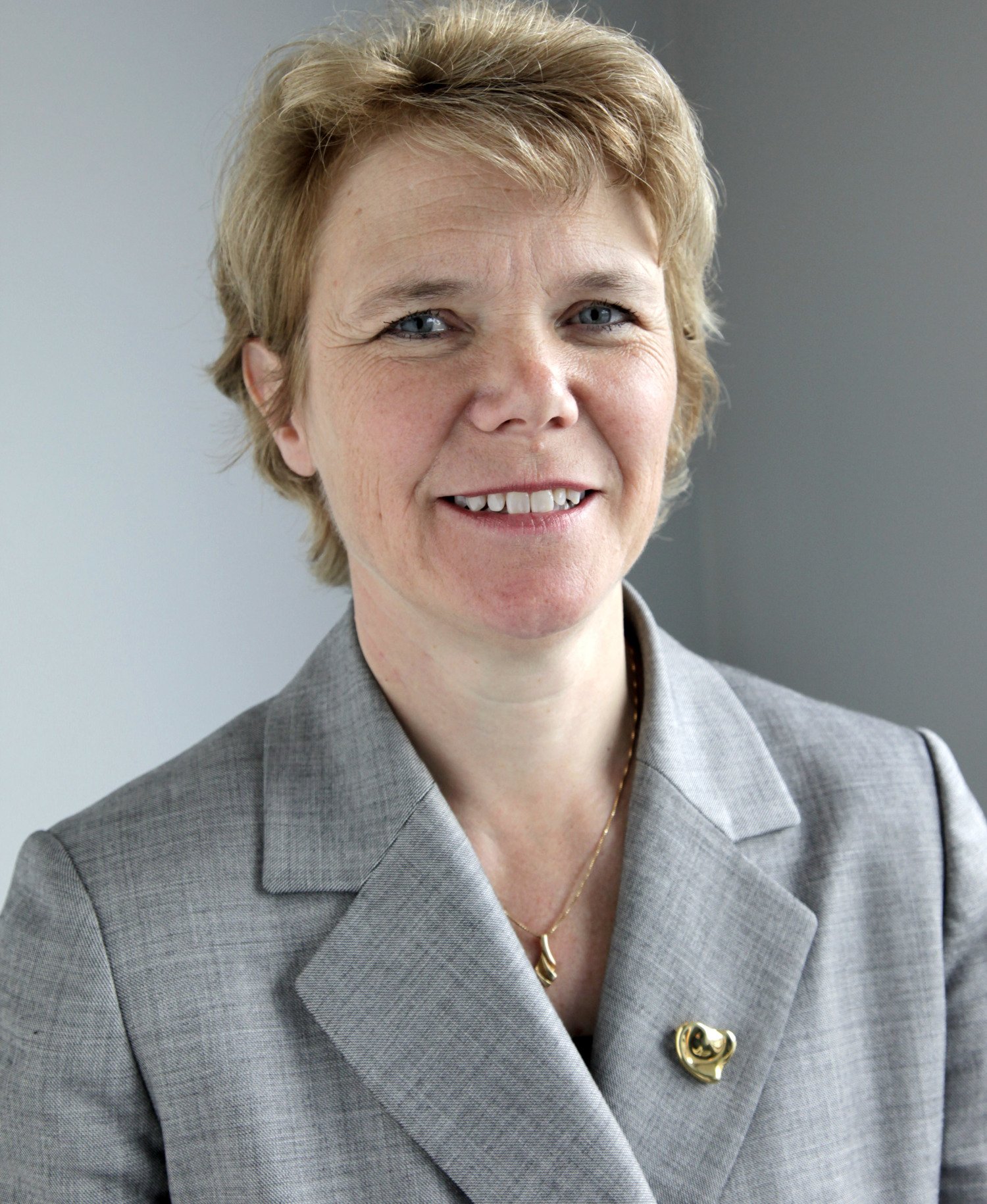
“Collaboration needs to be a win-win situation for both parties,” she says. “John Wahren had a world-unique lab and techniques for measuring the metabolism. He now had a counterpart across the Atlantic. Mayo, which ranks as the world’s leading university hospital, was also topping the league 30 years back,” says Harriet Wallberg.
Jim Maher, professor of biochemistry and molecular biology at Mayo Clinic, has been involved in the collaboration since 2010 and he admits that his initial reasons for joining were rather selfish.
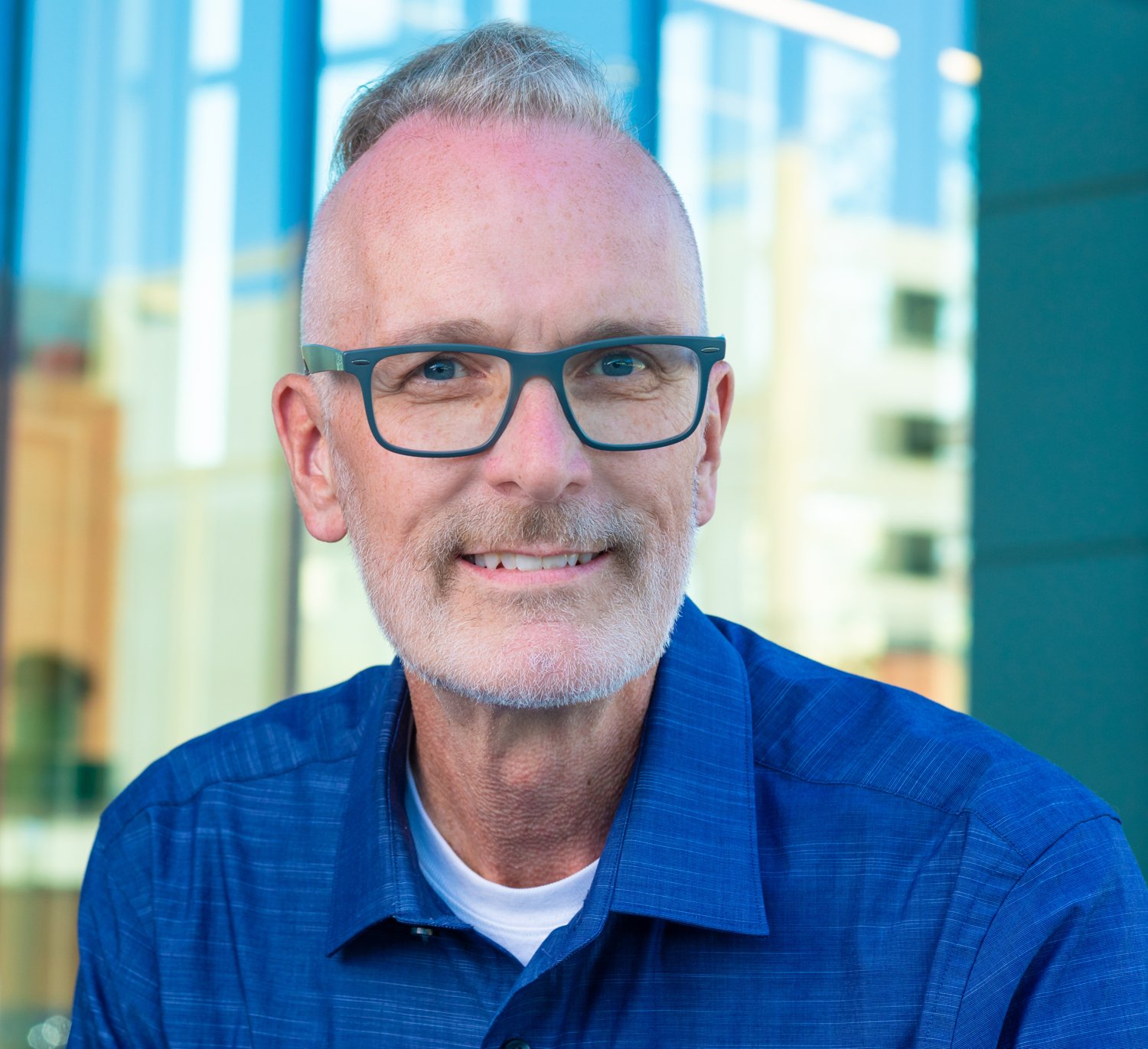
“I discovered that a KI lab was using a kind of advanced technology that I realised would be good for our research, too,” he says.
Professor Maher managed to arrange to have one of his students do some of their doctoral research at KI.
“This concept, where doctoral and postdoctoral trainees form the very glue holding the collaboration between KI and Mayo together, became my passion,” he says. “I was invited onto the steering group and worked hard to ensure that collaborative opportunities, such as courses, travel allowances and grants, were extended to doctoral students and postdocs.”
Micro-crisis overcome
Martin Schalling, who has just taken over the coordinator role for the KI-Mayo partnership, was also pushing hard at the time for the Swedish side to accept extended collaboration opportunities. For a few years at the end of the 2000s, the collaboration suffered something of a micro-crisis, he says:
“When I took over around 2010, the partnership was on the ropes. The once huge enthusiasm had become mundane. The energy had gone out of it and people had moved on,” he reflects.
But then things picked up. Interest in taking the collaboration to the next level was rewoken, Professor Schalling recalls. The partnership was both extended and formalised.
In April 2011, Harriet Wallberg, then president of KI, travelled to Mayo Clinic and discussions with Mayo Clinic's management resulted in a collaboration agreement being signed at KI in December 2011. The institutions agreed that the collaboration would cover research as well as education, administration and innovation.
Professor Schalling says that the partnership is an altogether special one:
“It’s unique in that it bears the stamp of two sister organisations that have decided that they belong together.”
A growing number of research papers
A 2016 analysis has shown that the KI-Mayo collaboration has also had a positive effect on research. In 2008, 21 scientific papers were published jointly by researchers from both institutions; seven years later, this number had shot up to 107.
“The analysis also indicates that joint publications have double the impact factor, proof that we’re better together,” says Professor Schalling.
How much do the institutions collaborate these days?
“The KI-Mayo partnership really is like a vibrant community whose size is constantly changing,” says Jim Maher. “I’d say that there are maybe a dozen active collaborations going on at any one time. One obviously energetic field is education sciences, where collaborations and networks remain alive even between annual conferences.”
In addition to these scientific collaborations are hundreds of potential ones, he explains.
“Like there are colleagues who’ve met and forged ties but who aren’t researching or publishing at the moment,” he says.
Passionate souls are the strongest glue
Today, researchers have almost unlimited opportunities to work with whomever at whichever institution around the world. In the shadow of this freedom of choice, the KI-Mayo collaboration is growing ever stronger. What’s the secret?
“To me, besides the win-win effect, it takes passionate souls for something like this to hold together,” says Professor Wallberg. “Without people who are really passionate about working together, such a partnership would break down. And here, researchers like Sree Nair, John Wahren and Martin Schalling are precisely the kind of enthusiasts that are needed. A university president or a hospital director can’t force such collaboration into existence.”
Professor Nair thinks that mutual trust and honesty are the cement that holds things together – and close relationships.
“Apart from having had hugely inspirational and gratifying collaborations, I’ve also got to work with some truly wonderful people,” he says. “Some of my best friends live in Sweden.”
Harriet Wallberg adds that doctoral students and researchers must click for it to work:
“So the management must make sure they get to meet. International collaborations are commonly born at conferences – often during informal coffee breaks.”
Financing is another crucial factor, the researchers conclude. But it’s not always easy to get.
“It’s unrealistic to expect the KI-Mayo partnership to ever pay for itself,” says Professor Maher. “It takes regular and generous institutional funding.”
He goes on to say that collaborations must be built from the bottom up.
“My dream is that doctoral students and postdocs are the very glue that binds the partnerships together,” he says. “The best partnerships are built from the bottom up, in the sense that they are based on individuals with vested interests that complement each other.”
Three KI researchers on working at Mayo Clinic
Karolinska Institutet and Mayo Clinic are partners in research, education, administration and innovation. Grants are available through the Collaborative Award programme to help cover the costs of travel and accommodation for these exchanges. Meet three researchers who have received financing in this way.
Maximilian Tufvesson Alm: “A totally different access to patients”
Maximilian Tufvesson Alm graduated with a PhD in 2020 from the Department of Physiology and Pharmacology at KI and is currently spending his postdoc period in Ireland. His research is on a hormone produced in the gastrointestinal tract that causes physical ill-health.
With funding from the 2018 Collaborative Award, he was able to spend three weeks at Mayo Clinic helping to analyse patient samples.
What has your time at Mayo meant to you?
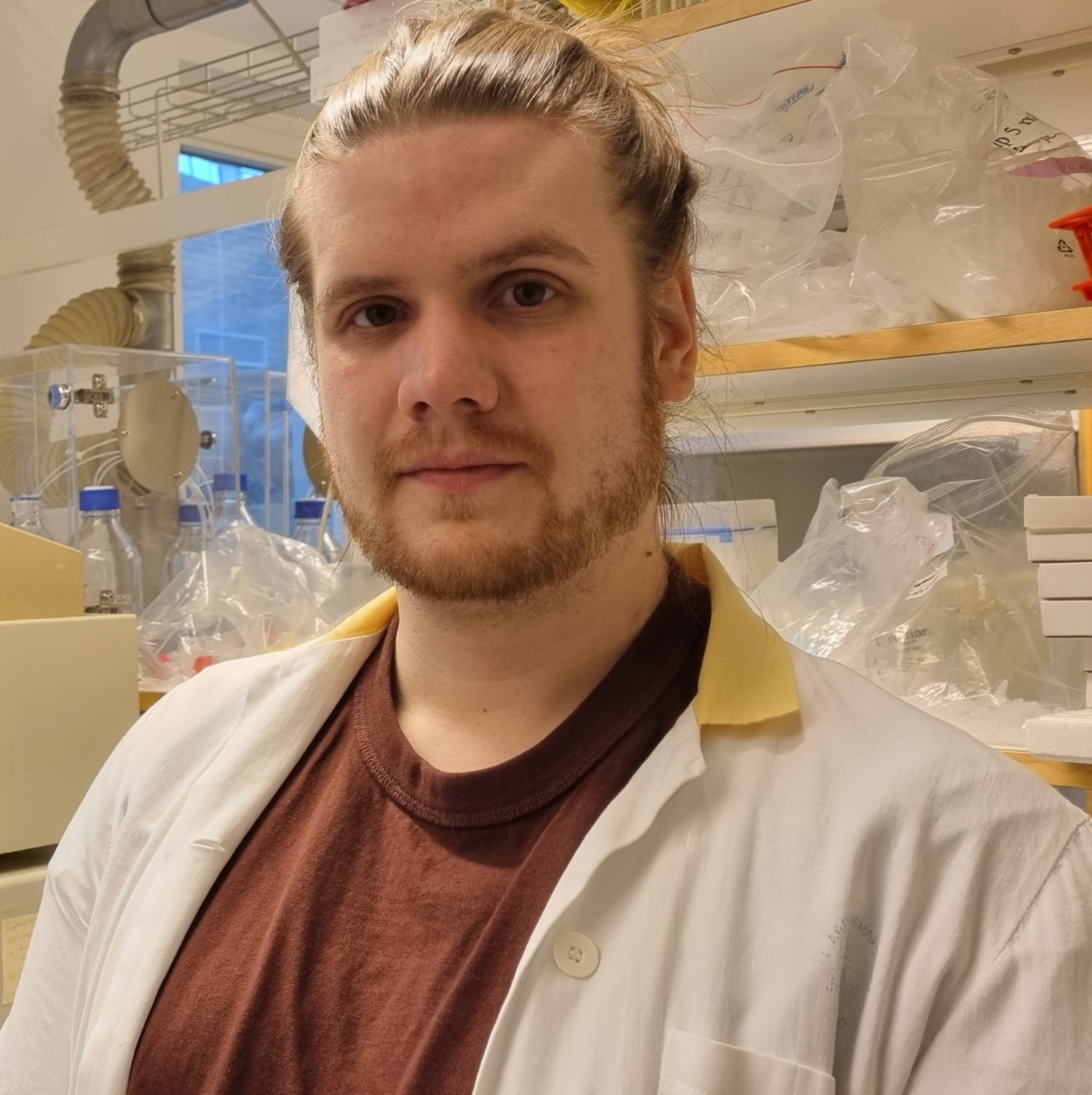
“It was interesting to me as a preclinical researcher to see how they work at Mayo. They’re good at patient oriented research and have a lot of experience analysing patient samples and extracting valuable data. The research rooms are adjacent to the hospital, so you have access to patients in a totally different way than you do at home.”
What did you bring back with you?
“The collaboration – how important it is to be able to combine experiences in the interests of improving research. After all, Mayo is a world-class institution.”
Maren Maanja: “My time there was very scientifically rewarding”
Maren Maanja researches how artificial intelligence can be used to interpret ECG scans. She gained her PhD in 2020 at the Department of Molecular Medicine and Surgery at KI.
In 2022 and 2023 she received a Collaborative Award and spent 15 months at Mayo Clinic, where she studied the ability of AI to detect patients with the genetic heart disease hypertrophic cardiomyopathy.
What has your time at Mayo meant to you?
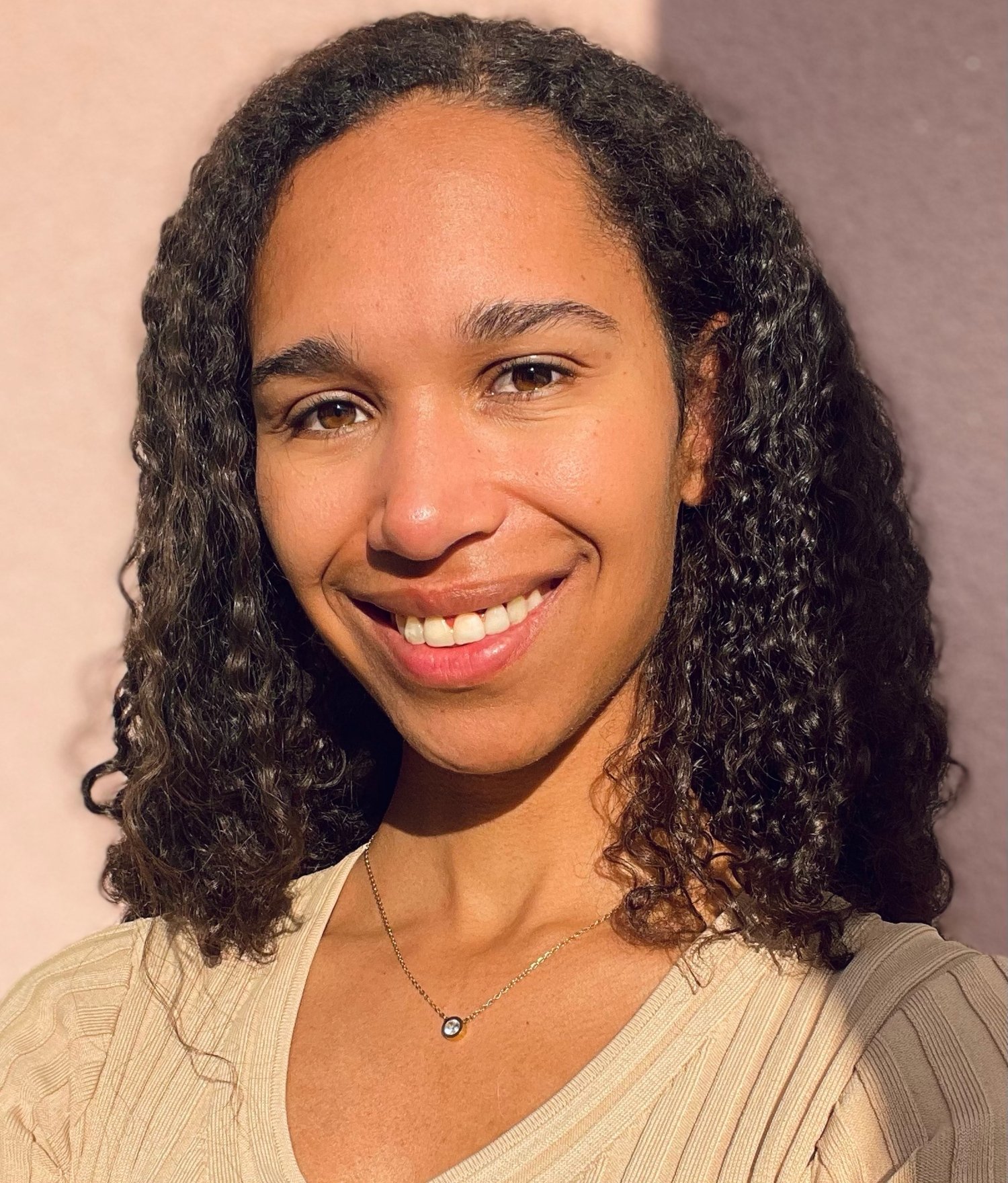
“As a new PhD, my time at Mayo Clinic was very rewarding, not only scientifically, but also work-wise and collaboration-wise.”
What did you bring back with you?
“One of the things I’ve brought back from Mayo Clinic is their integrated infrastructure for research. It inspires me to optimise how we work back at home.”
Feride Eren: “I was reminded of how much I love to collaborate”
Feride Eren works as a bioinformaticist. She graduated with a PhD in 2024 at the Department of Physiology and Pharmacology at KI having spent six weeks in the autumn of the previous year in a Mayo Clinic laboratory, where she focused on integrating different Omics datasets from KI’s Schizophrenia project.
What has your time at Mayo meant to you?
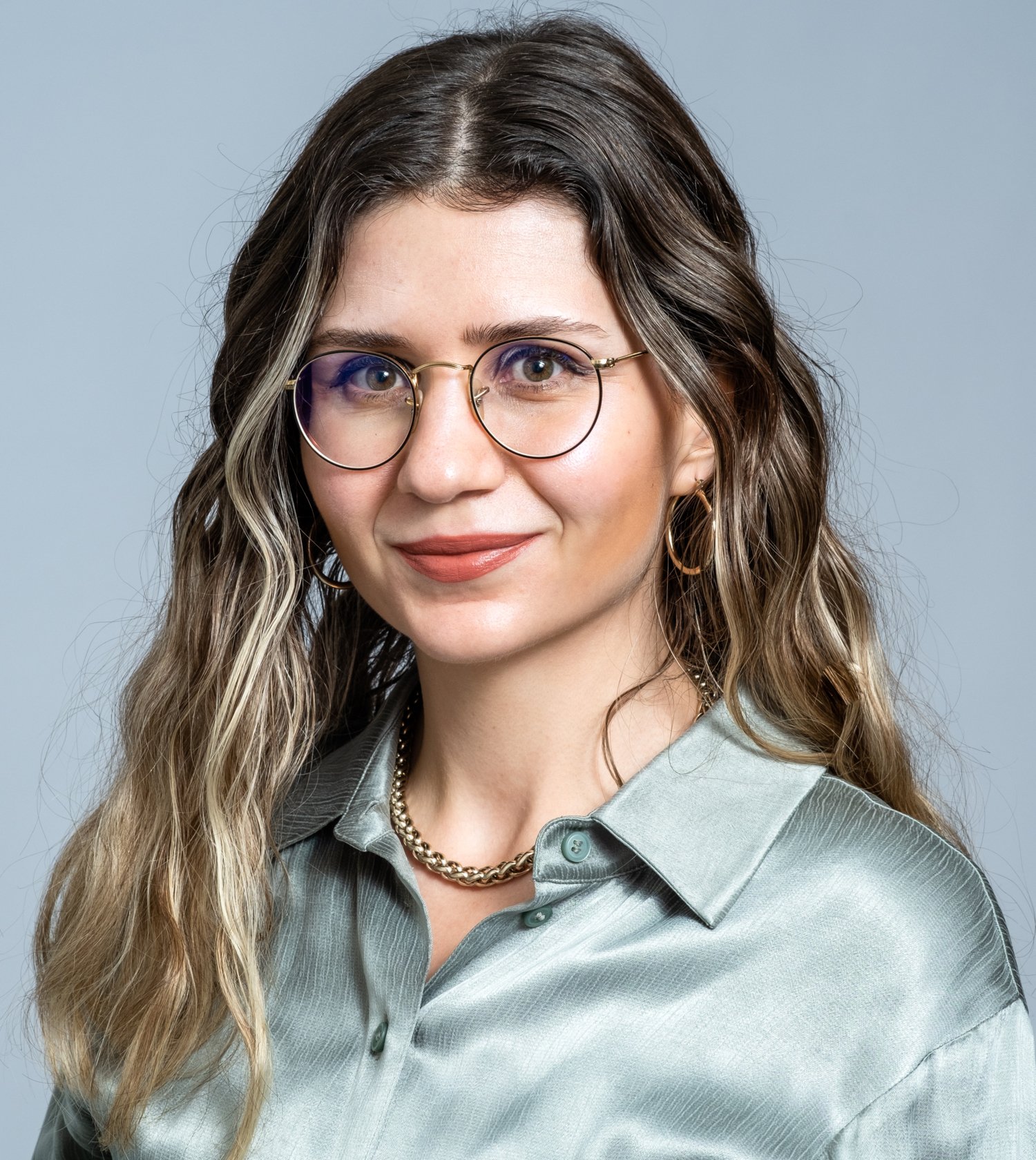
“I was reminded of why I love collaborating. I’ve met so many wonderful people working on fascinating projects. This experience outside Sweden also definitely helped me to be more creative and to dream bigger. I was incredibly lucky to be at Mayo Clinic in Dr Doo-Sup Choi’s lab. They really made me feel at home.”
What did you bring back with you?
“The most important piece of advice I can give is to be open when meeting new people. Talk as much as you can. The KI-Mayo conference is one of the best opportunities there is to meet prospective collaboration partners and make lifelong friendships.”
Text: Maja Lundbäck
